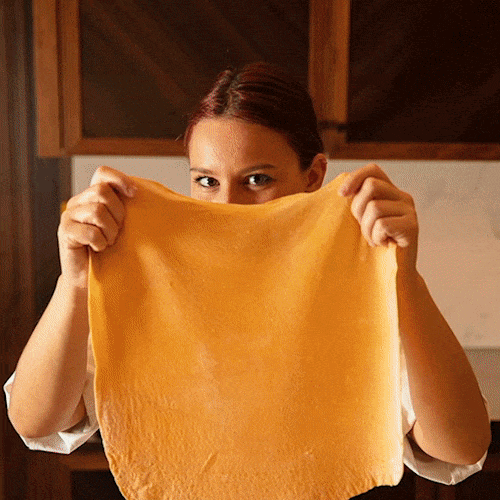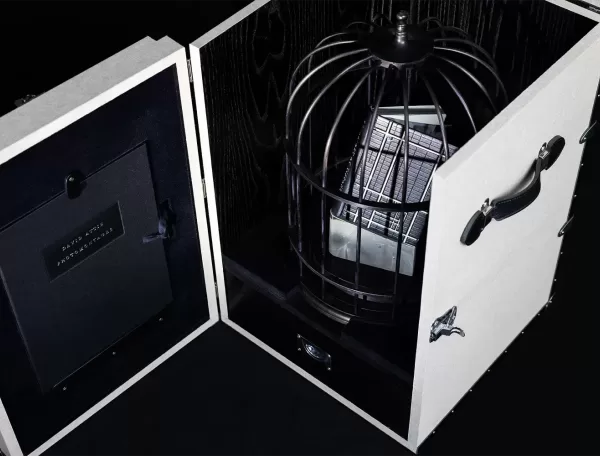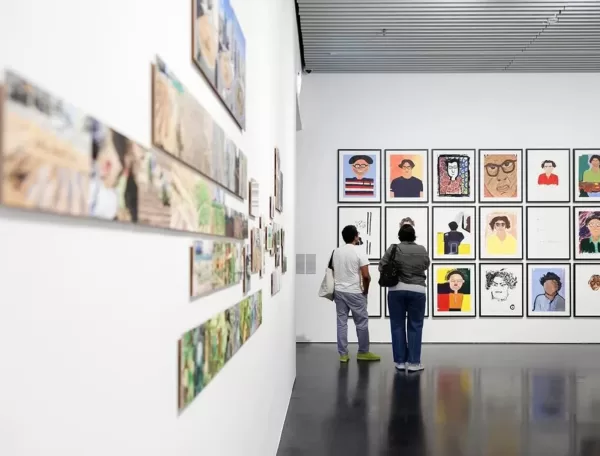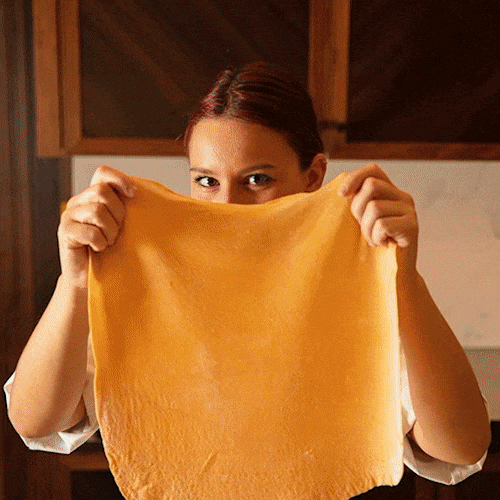Whether you’re an experienced collector of established artists looking to broaden your collection or someone new to collecting who may be looking for a more affordable place to start, it can be hard to know where to begin. Here are some tips from Quintessentially Art and Natasha Arselan, the CEO and Founder of AucArt, on how to go about building a collection of artists who are early in their careers.
Collecting works by new artists has happened throughout history. From the Hellenistic Age into the Renaissance era, when Florence’s wealthy Medici family sponsored and supported the early careers of many artists—including Michelangelo, Donatello, and Leonardo da Vinci—patronage of emerging artists has ultimately helped to shape art history as it exists today. New York heiress Peggy Guggenheim supported the careers of conceptual artist Marcel Duchamp and surrealist Max Ernst (to whom she was married). She commissioned Jackson Pollock to paint a mural in her apartment, ultimately solidifying the legitimacy of his career and the beginning of the abstract expressionist movement as we’ve come to understand it today.
Natasha specialises in connecting collectors to emerging artists, expanding the market and improving access for both parties. Long a champion of new artists, she says one of her favourite benefits of collecting early-career artists is the privilege of being one of the first to discover them. ‘The joy of discovery is priceless, you are on the journey with them from the very beginning, and the price reflects that—you will be purchasing the work at its lowest-ever price point, whilst also supporting the artist when they need it most. It’s a win-win situation for everyone.’
Collecting emerging artists supports their careers and increases the value of their work—patronage is vital for the support and development of a young artist’s career. ‘It massively helps,’ Natasha says, ‘they need funds to create new works and pay for studios, as well as a supportive network so they can continue evolving and finding new opportunities. The more people that know about them, the better.’ This support at such a crucial time may ultimately benefit the collector as well—their hypothetical future success is intrinsically tied to the collector’s decision to invest in one of their pieces.
As for which artists to pursue, she says to ‘learn to trust and follow your gut, there’s no right or wrong. If you see an artwork and you can’t forget about it a week later, you should probably buy it.’ Both she and Quintessentially Art recommend properly educating yourself before any major purchase—by seeing exhibitions, reading reviews and articles, and being in touch with people in the sphere—this can help to validate purchases as well as refine your tastes. ‘Look into the artists’ experience and CV as a background check,’ recommends Natasha. ‘Consistency and their attitude may be telltale signs possibly indicative of their potential success.’
Committing to a new artist can lay the groundwork for an entire collection, as well. Acquiring pieces from a mix of artists can diversify a collection. Still, purchasing works by a single artist at different points throughout their career can allow for an exciting array of works as well. ‘You can begin with a few pieces and build upon that collection throughout time, acquiring works from different eras of an artists’ practice, thereby tracking their changes and development,’ says Natasha.
Whilst seeing pieces, it’s vital to bear in mind that you’re going to live with your purchase every day, so prioritising that before investment potential makes sense. ‘Personally, I think artwork should bring you a lot of joy each day—it’s always best to buy art based on what you love, how it makes you feel, how it makes you think. Art gives you an outlook and energy that can’t be monetised. A good investment is a bonus,’ Natasha says. Contrary to purchasing a piece by an already established artist, meaning the value is likely to continue to increase, there are no guarantees with emerging artists, so making a decision based on feel makes more sense.
And how to go about all of this? Quintessentially Art recommends going to the graduate shows in May and June, particularly at the Slade School of Art, Royal College of Art, and UAL colleges. These schools have taught some of Britain’s most notable artists, and dealers are always present—it’s a great way to spot a young artist with potential before their market takes off, as well as being a place to get a sense of emerging styles and trends. AucArt discovers artists through visits to similar schools, both those listed and their international counterparts, Natasha says, as well as through studio visits, residencies, art prizes, and fairs. She also says, ’I enjoy visiting Liste Art Fair in Basel, and the Sunday Art Fair in London.’
Decided to take the plunge? Enlisting the help of a professional is never a bad idea—contact Quintessentially Art , or explore the already-vetted options available on the AucArt website.
How To Collect Art By Emerging Artists
Words by Keven Amfo
19 June 2020
More to explore

NOTED
Stay in the know with our monthly newsletter – a complimentary edit of everything new and noteworthy in the luxury world.
By signing up to the newsletter you confirm you have read & agree to the Privacy Policy.



